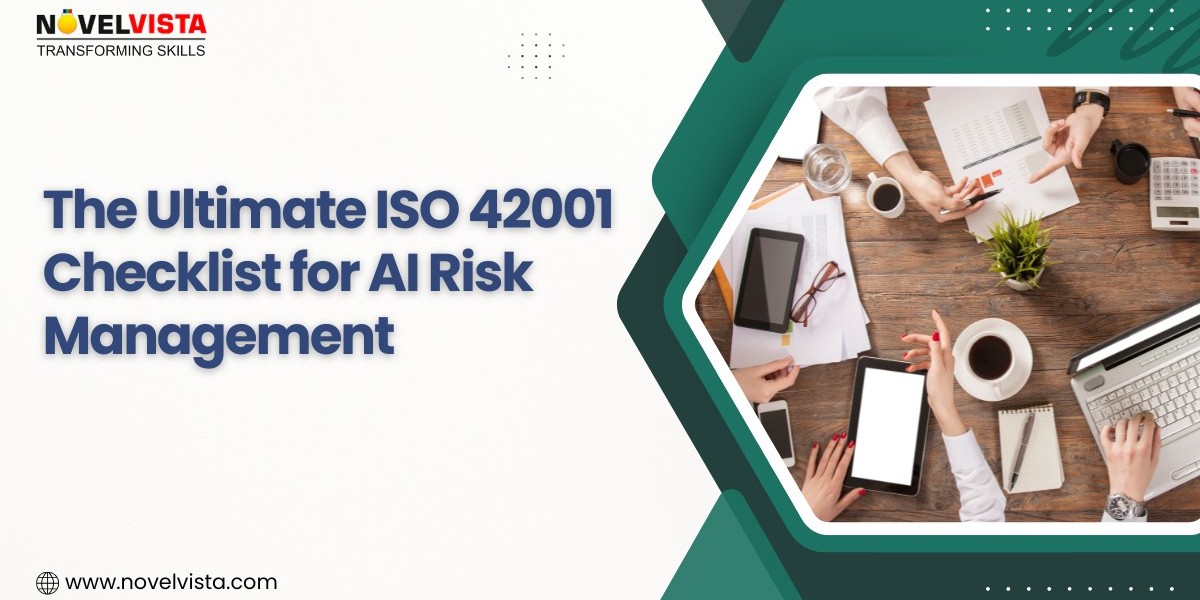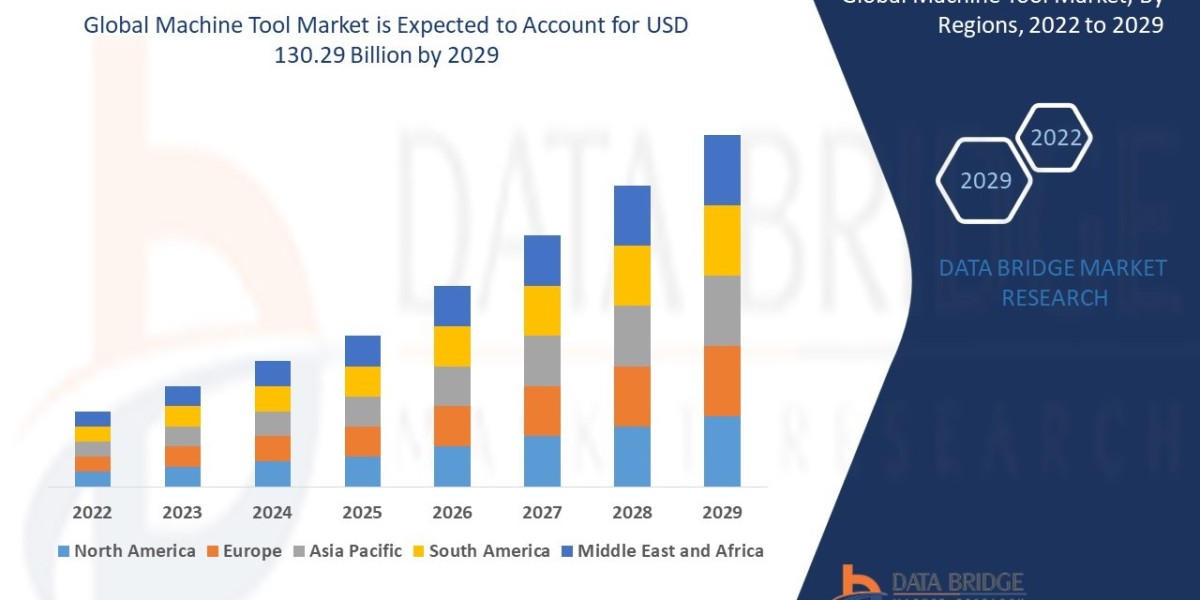As artificial intelligence (AI) continues to transform businesses across industries, managing AI-related risks has become a top priority for organizations. From data privacy and algorithmic bias to operational errors and legal non-compliance, the challenges are numerous. To address these concerns, ISO 42001 has emerged as a global standard focused on establishing and maintaining AI management systems.
The ISO 42001 standard provides a structured approach to managing AI risks and ensuring responsible, ethical, and safe AI deployment. But knowing the standard isn't enough — organizations need a practical roadmap to implement it effectively. That’s where an ISO 42001 Checklist becomes invaluable.
In this article, we present the ultimate ISO 42001 checklist specifically designed for AI risk management. Whether you're preparing for certification or simply want to improve your AI governance, this guide will help you cover all essential areas.
1. Establish Clear AI Governance
Before diving into technical assessments, you must set the foundation with governance. Establishing an AI governance structure means defining who is responsible for AI oversight, including roles, responsibilities, and reporting structures. Organizations should create an AI risk committee or designate specific roles to monitor the lifecycle of AI systems.
This governance framework should align with overall corporate strategy and risk appetite, ensuring accountability and transparency at every level.
2. Define the Scope of AI Systems
It’s essential to identify which AI systems fall under your ISO 42001 implementation scope. This includes machine learning models, automated decision-making tools, and data-driven algorithms. Clearly defining the systems involved helps narrow down the risks and apply the appropriate controls.
The scope should include both internal AI systems and those provided by third-party vendors or partners.
3. Conduct AI Risk Assessment
Risk assessment is at the heart of AI compliance. The checklist must include a systematic evaluation of risks such as:
- Data quality issues
- Model bias or discrimination
- Lack of explainability
- Cybersecurity vulnerabilities
- Operational failures
This assessment should also consider the impact on users, stakeholders, and compliance with legal and ethical standards. Use risk matrices or scoring methods to prioritize actions based on likelihood and severity.
4. Ensure Data Quality and Governance
AI systems are only as good as the data they use. A robust data governance framework must be included in the checklist to ensure:
- Data accuracy and completeness
- Proper labeling and classification
- Privacy protections (especially for sensitive data)
- Compliance with GDPR, HIPAA, or other data laws
Regular data audits and validation steps should be part of your ongoing AI monitoring process.
5. Implement Technical and Organizational Controls
To minimize AI risks, your ISO 42001 Checklist should ensure appropriate controls are in place. This includes:
- Version control and change management for models
- Logging and traceability of automated decisions
- Performance monitoring tools
- Failsafe mechanisms or human-in-the-loop models
These controls protect against both internal misuse and external threats.
6. Address Ethical and Societal Implications
Responsible AI is not just about risk mitigation — it’s also about doing what’s right. ISO 42001 requires organizations to identify and respond to ethical concerns associated with AI. This includes:
- Fairness and non-discrimination
- Impact on human rights
- Environmental implications
- Inclusivity and accessibility
Your checklist should guide you in creating ethical review boards, conducting stakeholder consultations, and incorporating social responsibility in your design principles.
7. Train Staff and Build Awareness
No checklist is complete without addressing the human factor. Employees must be trained on AI risks, the purpose of ISO 42001, and how they contribute to maintaining compliance.
Training programs should be role-specific — for example, data scientists need to understand model transparency, while IT teams should focus on security implications.
8. Monitor and Review AI Performance Regularly
AI systems are dynamic and need ongoing evaluation. Your ISO 42001 checklist should include periodic reviews to ensure systems remain compliant, accurate, and effective.
Establish KPIs for model performance, such as accuracy, recall, fairness metrics, and error rates. Additionally, review policies and controls after major changes or incidents.
9. Prepare for Internal and External Audits
Readiness for audits is crucial. The checklist should contain documentation requirements such as:
- Risk assessments
- Governance policies
- Training records
- Audit trails of decisions
- Incident response plans
Having this documentation organized will streamline both internal reviews and external certification audits.
10. Commit to Continuous Improvement
ISO 42001 is not a one-time task—it requires continuous improvement. Schedule periodic evaluations of your AI management system, collect feedback, and adapt to emerging risks and technologies.
Update your ISO 42001 Checklist regularly to reflect industry best practices and regulatory changes. This iterative approach keeps your organization ahead of compliance challenges and fosters a culture of innovation and responsibility.
Final Thoughts
AI risk management is complex, but it’s not impossible. With the right tools and mindset, organizations can build trustworthy AI systems that align with international standards. The ISO 42001 Checklist is a powerful tool that guides businesses through every critical step of responsible AI governance. By following this structured path, you not only reduce risk but also build long-term credibility and resilience.
To get started or explore further, refer to this detailed ISO 42001 Checklist and strengthen your organization’s AI risk strategy today.








